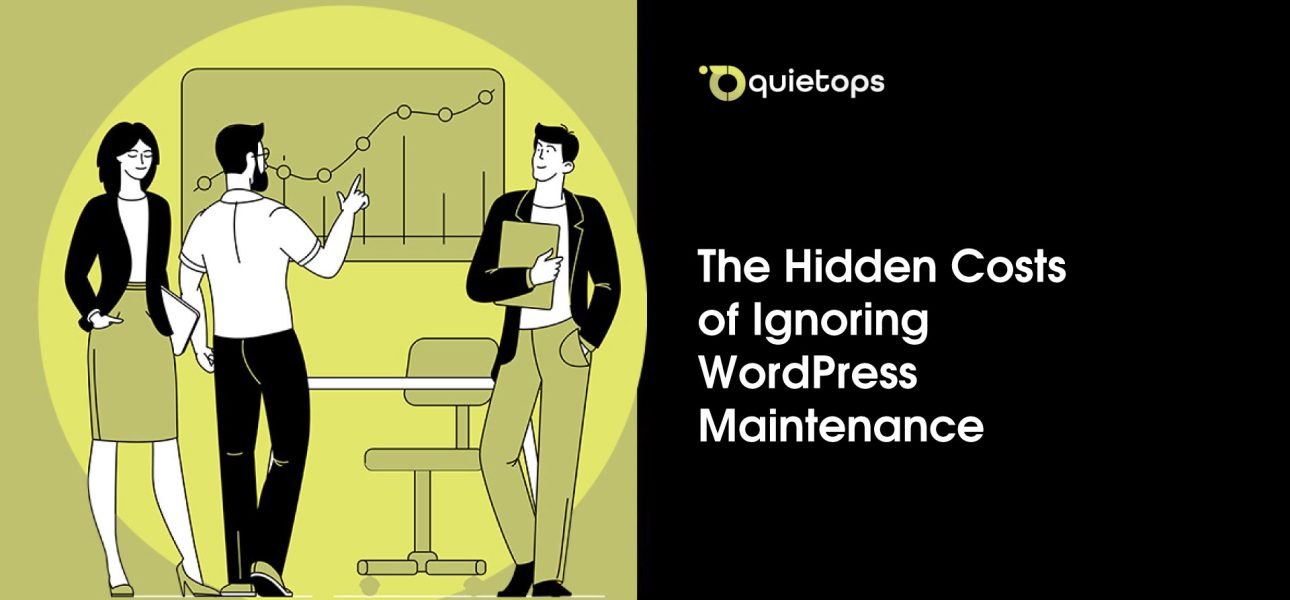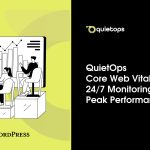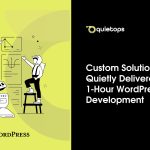WordPress runs more than 40% of all websites, which shows how flexible and easy it is to use. But if you own such a strong tool, you need to keep it in good shape. A lot of businesses don’t think about keeping their websites up to date, not knowing that ignoring them might slowly weaken their digital basis. Not doing maintenance doesn’t usually have immediate effects. If you don’t keep up with maintenance, you could lose sales, have features break, have security issues, and have a bad reputation that is hard to fix. Today, we talk about issues that people frequently forget about when they don’t do WordPress maintenance and how not doing it could be costing your business more than you think.
1. The “Set It and Forget It” Trap
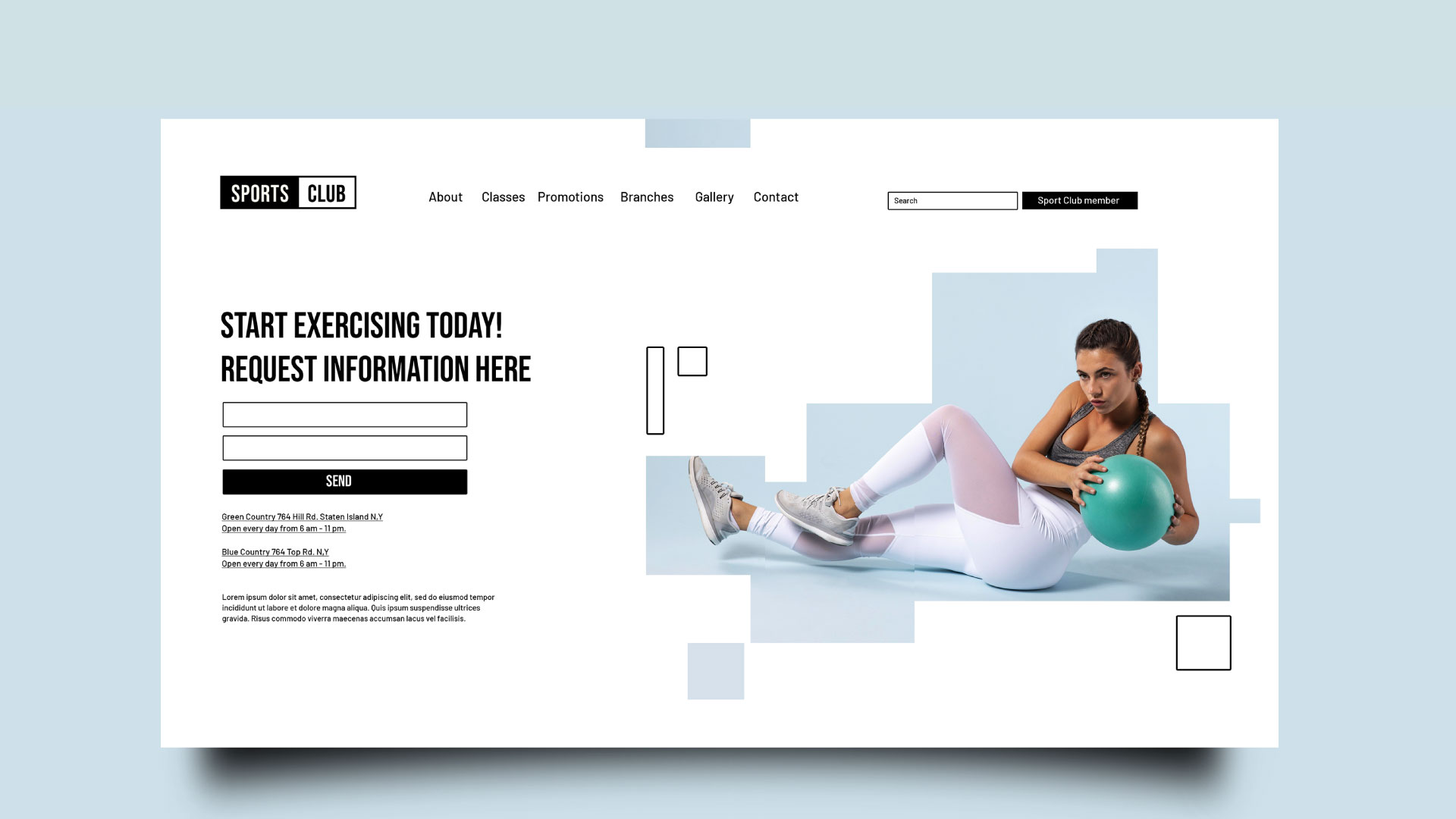
After a website project is done, owners often feel like it’s over. The site goes live, and the party starts. What happens next? No sound. A lot of business owners think their work is done when it’s not. WordPress is not a static billboard, though. It is a dynamic system that needs to be checked on often.
Why It’s Not Noticed:
People are more interested in the launch than in long-term health.
- Budgets don’t include maintenance.
- Business owners think that their hosting providers take care of everything.
- People are unsure of what “maintenance” really means.
A Mistake in the Real World:
Picture this: you launch a campaign that brings new visitors to your site, but your contact form has been broken for weeks because of an old plugin. A lot of potential leads are gone before anyone even knows it.
What Starts to Come In:
- Plugins and themes get old, which might cause problems with how they work.
- Small bugs add up and make things hard for users.
- Missed conversions happen because things go wrong behind the scenes.
Bottom line: Maintenance isn’t an extra feature; it’s what makes a website work. Not doing it is like driving a car without ever changing the oil.
2. Security holes that you can’t see coming
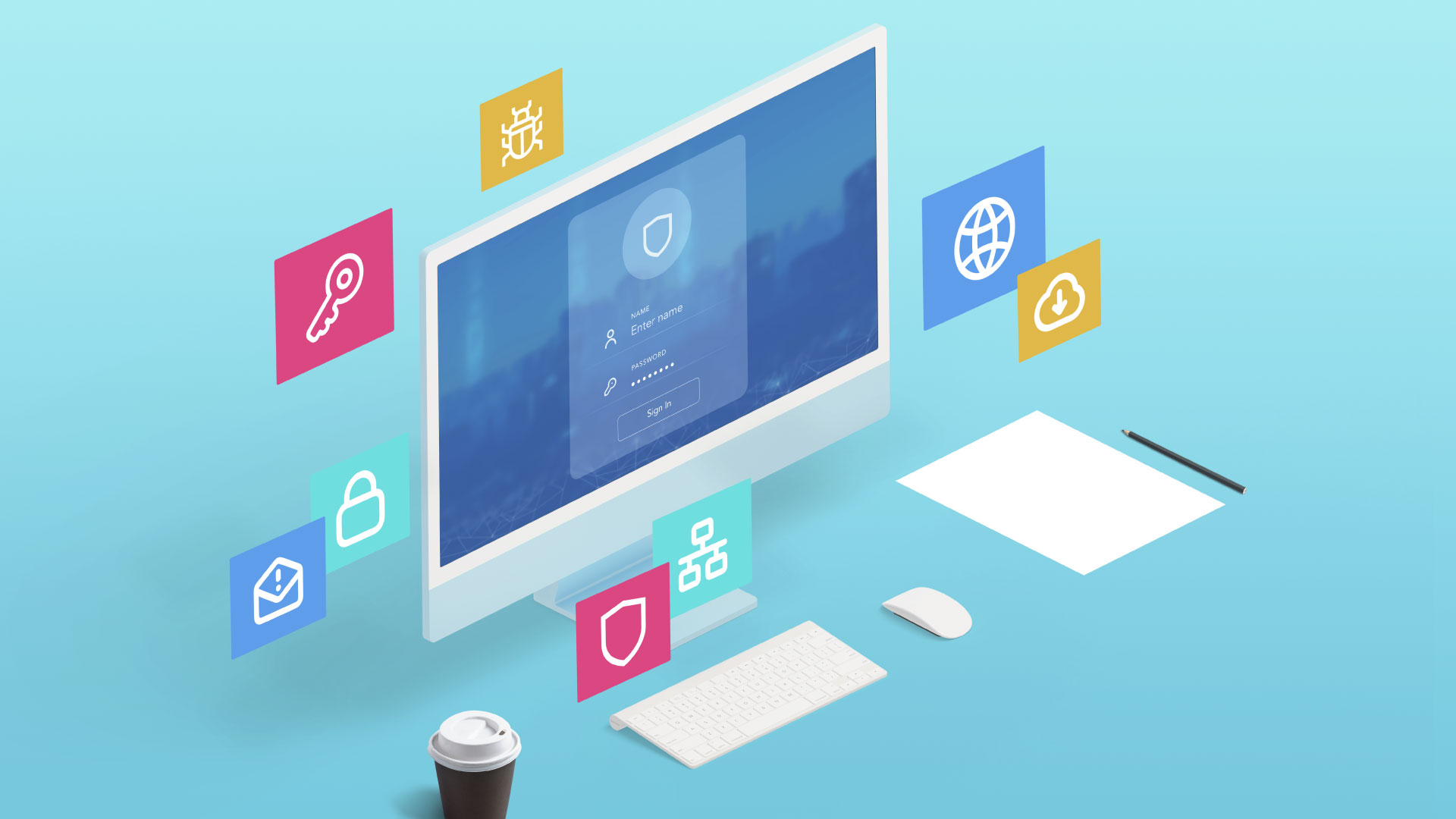
People regularly use words like “firewalls” and “two-factor authentication” to talk about cybersecurity. But the best way to protect WordPress is to keep it up to date with updates, patches, and cleanups. This makes it harder for bad people to attack.
What Puts You in Danger:
- Plugins that are no longer supported can make your site less secure.
- Themes that are no longer supported can draw in bots and automated attacks.
- Admin accounts that aren’t used can be hidden entry points.
Some signs that anything is wrong are:
- The login page acting strangely;
- The computer running slowly or crashing at odd times.
- Traffic spikes that can’t be explained.
The Aftermath:
- Lost revenue due to downtime.
- High cleanup charges from security experts.
- Damage to your reputation with customers and search engines.
Hard Truth: By the time you find out you’ve been hacked, the harm is usually already done, and it’s usually a lot worse than it would have been if you had kept up with routine maintenance.
3. A Slow, Quiet Death of Performance

Speed is very important for keeping users and keeping high search engine ranks. WordPress sites will eventually slow down, though, if they aren’t kept up with regularly.
What Causes This:
- The database gets too big with useless data.
- Old plugins slow things down.
- Images aren’t optimized, and scripts aren’t efficient.
Things You Might Notice:
- Pages on the web take too long to load.
- The ability to respond to mobile devices gets worse.
- The site starts to feel slow or not work at all.
What It Costs You:
- Lower rankings in search engines.
- Users who are angry and abandon the site.
- Even though there was traffic, there were less conversions.
The Lesson: Performance doesn’t go down all at once; it goes down slowly. If you don’t do regular maintenance, you might not know how much you’ve lost until you see a drop in your stats.
4. Compatibility Problems

WordPress is like a puzzle; all of its parts—core updates, plugins, themes, and hosting settings—need to work together. Problems happen when one element is upgraded without thinking about the others.
Where It Goes Wrong:
- Updating WordPress without checking to see if the plugins work with it.
- Using plugins that are no longer supported or have been abandoned.
- Not updating themes after making changes to the core.
Real Effects:
- The buttons to check out might go away.
- Forms for contacting may not go through.
- Pictures of products can suddenly disappear.
For example, you upgrade WooCommerce but forget to update the payment plugin. Because of this, customers can’t finish their purchases, and you lose money until the problem is reported.
In short, maintenance isn’t just about adding new features; it’s also about stopping problems that could make your site unworkable without you knowing it.
5. SEO Slowly Falls Apart

A lot of people think that SEO is only about keywords, but keeping up with the technical side is just as important and sometimes goes unnoticed.
How Not Paying Attention Can Hurt SEO:
- A lot of broken links and 404 problems.
- Old sitemaps can make it so that fresh pages aren’t indexed.
- Security alerts might scare Google’s crawlers.
Things to Look Out For:
- Rankings that decline for no apparent reason
- Organic traffic that drops
- Pages that don’t show up in search results
What You Miss Out On:
- Good leads from search traffic.
- Getting people to know about your brand through organic visibility.
- You have to pay for things that used to be free, so you save money on ads.
Reality Check: Websites that aren’t taken care of slowly drop in ranks, and it takes ten times as much work to get back to where they were.
6. You don’t know it, but tracking stops working.
![]()
Analytics are only helpful if they work right. If you don’t keep an eye on all the elements of your site, your data won’t be reliable.
Where It Breaks:
- Scripts for Google Analytics can be overridden.
- Tag managers may stop working when themes are being updated.
- Cookie banners can make it hard to track events.
What This Means:
- You might not be able to measure conversions.
- Your campaign data might not be comprehensive.
- Marketing decisions are made based on bad data.
Result: If you don’t have good tracking, you’re driving blind. Regular maintenance makes sure you get correct data.
7. Content Becomes a Job

WordPress is a publishing platform for a lot of teams. But if you don’t keep it up, even simple changes might become technical problems.
Headaches that happen a lot:
- The visual editor might freeze or lag.
- Images might not upload.
- Blocks might not work the way you want them to.
Why It Matters:
- Staff lose time trying to fix things.
- Timelines for marketing can be pushed back.
- Your site may still have old material.
Conclusion: If the platform doesn’t work with you, your content work can come to a halt.
8. Legal Compliance Gets Lost
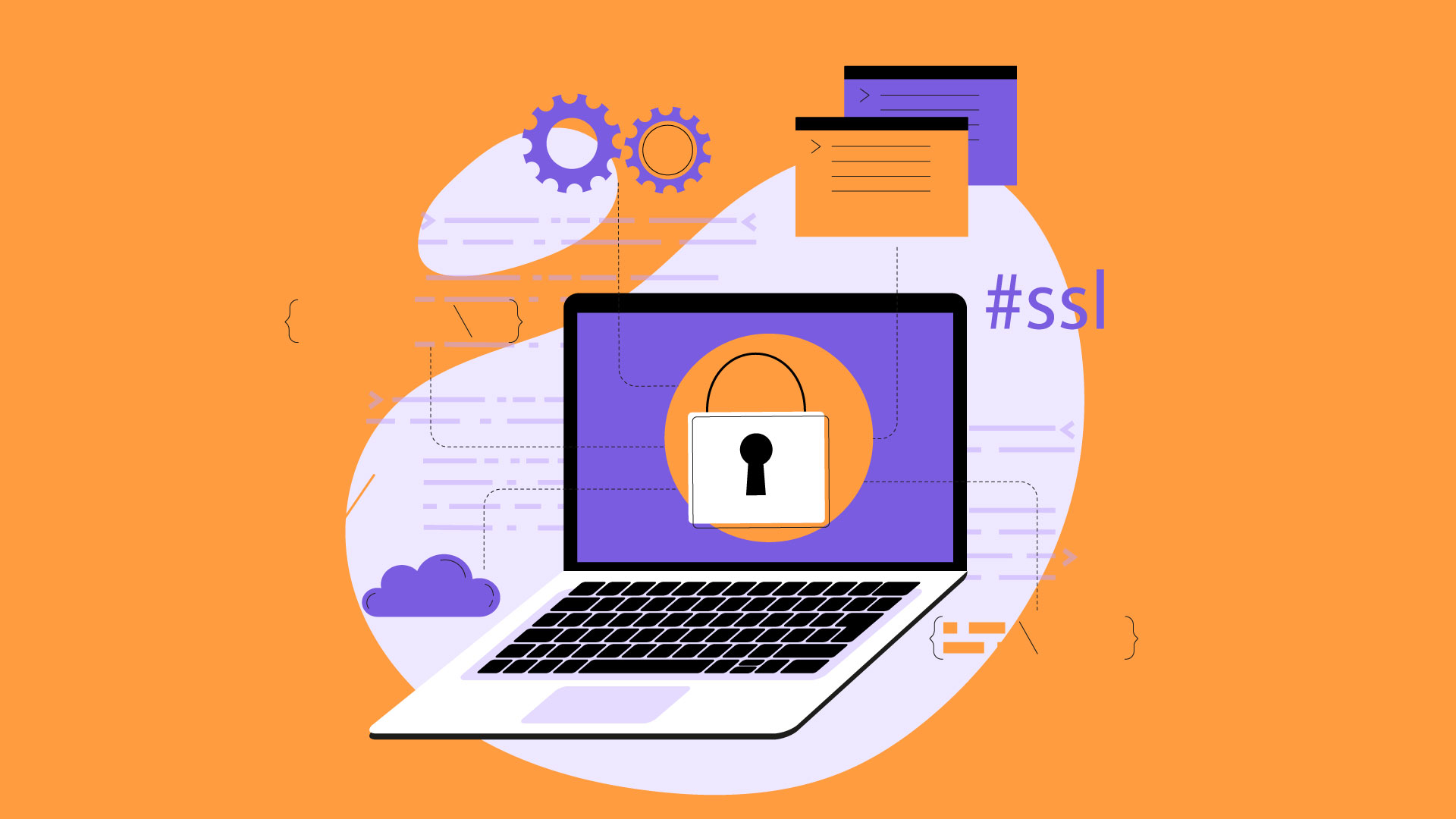
Not only are accessibility and privacy best practices, they are also the law. Even locations that used to be compliant can get into dangerous circumstances if they don’t get regular upkeep.
Important Maintenance Tasks:
- Updating cookie notices and privacy tools.
- Making sure that accessibility criteria are still met following upgrades.
- Quickly renewing SSL certificates.
What could happen:
- Fines or legal action could happen.
- People with impairments may not be allowed to visit.
- Users who care about their privacy may not trust you.
Bottom line: Compliance isn’t something you do once; you have to maintain it up to date.
9. In the end, you pay more.

It could seem like a good idea to skip maintenance to save money, but it can cause expensive problems.
A common pattern
- Ignoring a plugin leads to checkout problems, which leads to lower sales, which leads to an emergency developer repair.
- Not getting an update means the site gets hacked and needs a big rebuild.
- Bugs in the theme that haven’t been fixed yet cause delays in publication and marketing.
The Hidden Drain:
- Developers may charge a lot for quick adjustments.
- Team members may waste time scurrying instead of building.
- Long-term damage can be done to SEO and brand trust.
Final Word: The math is easy: spending an hour on maintenance now will save you a week of dealing with problems later.
10. Loss of trust in the brand
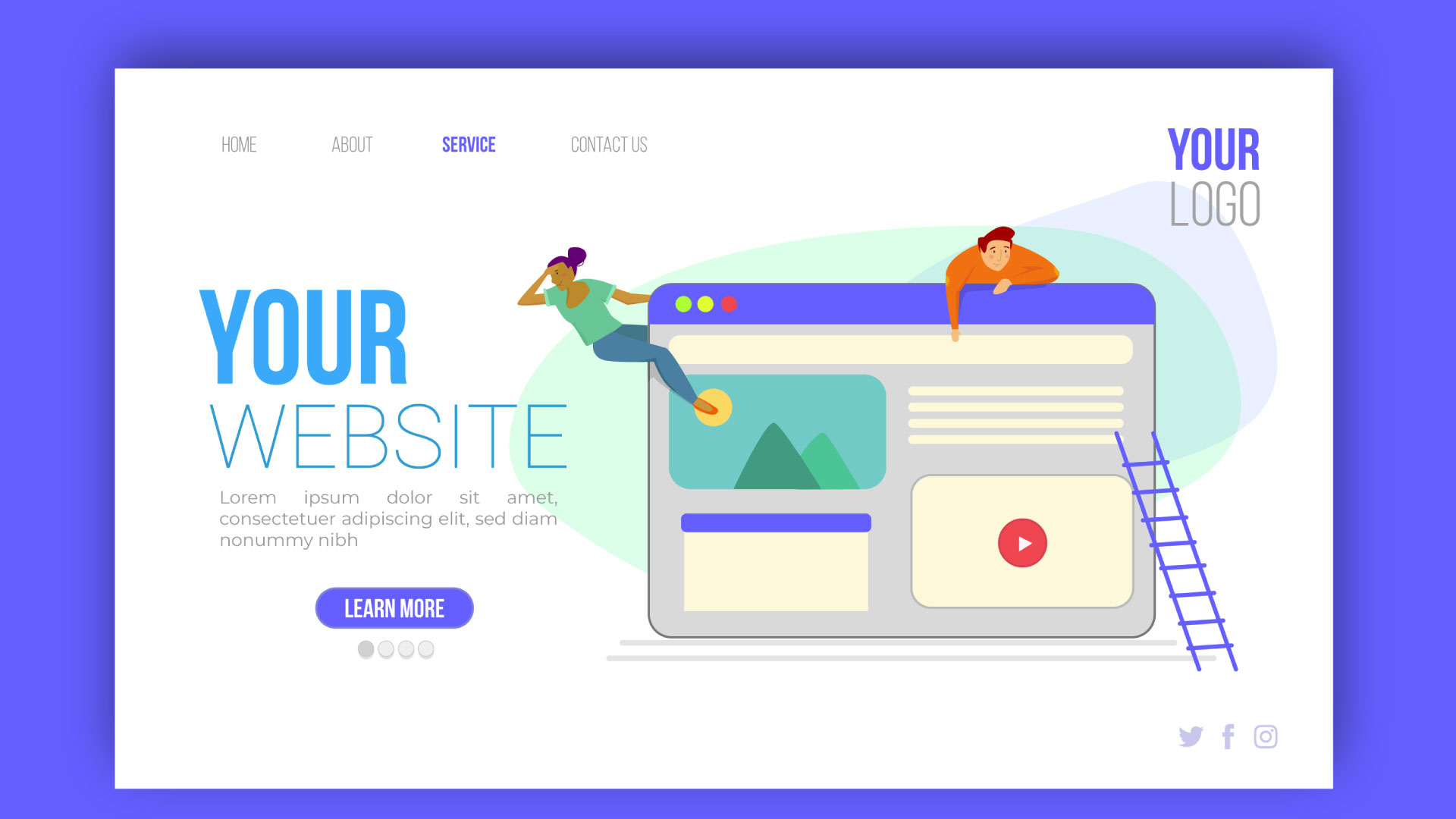
A website is often the first place people interact with a brand. A user experience that seems clumsy, broken, or out of date can make it harder to use and change how people think about your business.
What Goes Wrong
- If there are broken links and old information, it could mean that the site isn’t being taken care of.
- If things don’t look right, it can make you seem unprofessional.
- If your site takes a long time to load or doesn’t work well on mobile devices, it can make potential customers angry.
The Ripple Effect
- Visitors may think that the products or services offered are likewise not well cared for.
- People who might become clients might leave the site before they accomplish anything.
- When people talk about their bad experiences, it can lead to bad word-of-mouth.
A Small yet Important Example
- A copyright footer that is out of date (such “© 2022”) or a link on the team page that doesn’t work, even if they seem small, can show that the firm doesn’t pay attention to the little things.
What this means for your brand
- People may not trust professionals as much as they used to.
- People might not want to buy something or ask a question.
- Negative feelings might last long after the visit is over.
Final Thoughts
It might not seem like a big deal to skip WordPress maintenance, but the hazards can slowly add up over time. Problems like broken features, poor SEO, more security holes, and problems with tracking sometimes go undiscovered until it’s too late.
If you’re unsure about how to handle maintenance or find it overwhelming, consider hiring a professional. By partnering with a reliable service like QuietOps, you can concentrate on your business while they ensure your website operates smoothly, safely, and efficiently. WordPress maintenance isn’t just a nice-to-have; it’s a crucial element of running a successful business.


